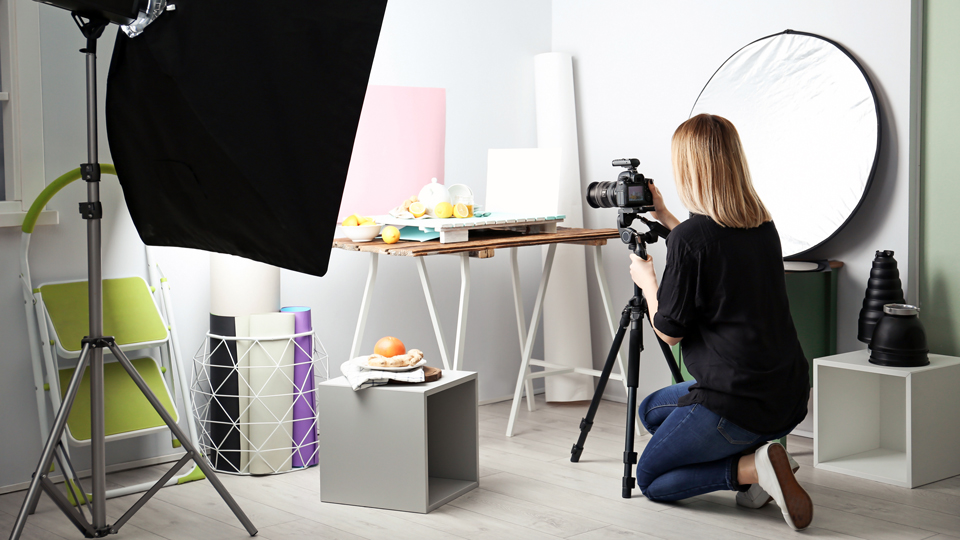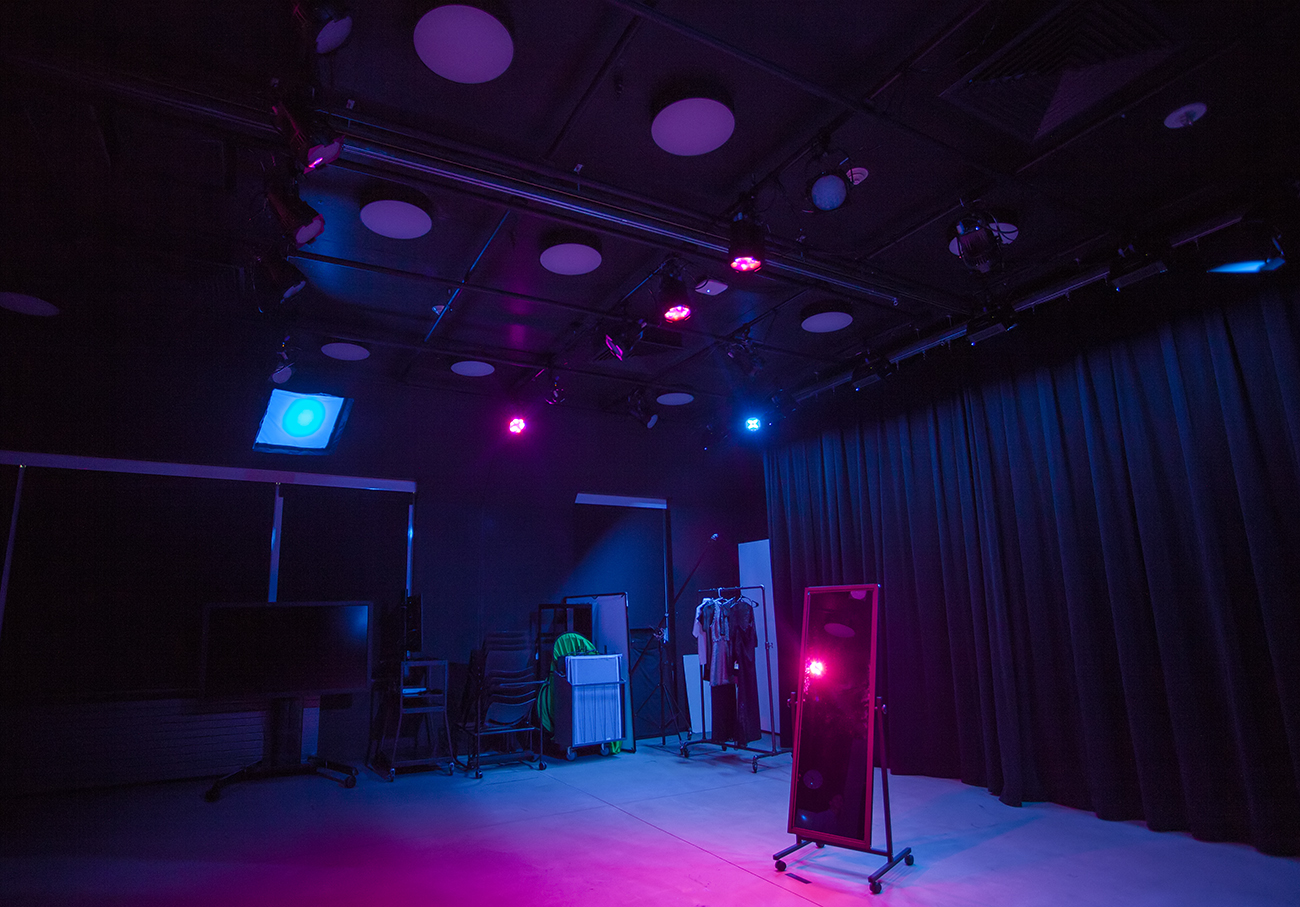How Does Lighting Work in Photography to Transform Your Shots?
When stepping into the captivating world of photography, one might wonder, how does lighting work in photography? A question that resonates deeply within the minds of professional photographers, illuminating the very essence of stunning imagery.
Lighting in photography can significantly impact the mood, composition, and overall quality of your images. This article delves into the nuances of lighting, addressing the fundamentals and various techniques you can employ to master this pivotal aspect of photography.

The Essence of Light in Photography
Before we explore the different types of lighting, we must understand that light serves as the heartbeat of photography. It shapes your subject, conveys emotions, and sets the ambiance of the scene. When considering how does lighting work in photography, remember that light is your largest tool.
Types of Lighting in Photography
Mastering lighting requires an awareness of its various forms. Lets break down some prominent types that every professional photographer should know:
- Ambient Lighting: The natural light present in the environment, whether from the sun or artificial sources. This type of lighting is subtle yet critical. Learn more about ambient lighting.
- Flat Lighting: A lighting setup where shadows are minimized, typically achieved through overcast conditions or diffused light. Understanding its nuances can help in portrait photography.
- Soft Lighting: Characterized by gentle shadows, soft light is less harsh and creates a more inviting atmosphere. Explore examples of soft lighting.

Understanding the Direction of Light
The direction from which light strikes your subject has a profound impact on how it appears in an image. Here are crucial aspects to consider:
- Front Lighting: This casts shadows behind the subject, perfect for even illumination.
- Side Lighting: Introduces depth and texture, emphasizing the subject's features.
- Back Lighting: Creates a silhouette effect, often used in dramatic shots.
Controlling Light through Equipment
For professional photographers, equipment plays a vital role in controlling lighting. Tools such as reflectors, diffusers, and softboxes can shape and manipulate light to create desired effects.
Reflectors bounce light, enriching your images with depth, while diffusers soften harsh light, allowing for more gentle shadows. Softboxes create a natural light effect, perfect for portraiture.
To develop a deeper understanding, you can refer to this guide on shaping light.

Knowing Your Lighting Needs
Each photography genre has unique lighting requirements:
- Portrait Photography: Focus on soft and flattering light.
- Landscape Photography: Emphasize natural light, particularly during golden hours.
- Product Photography: Requires controlled lighting to accentuate product details.
- For indoor photography, consult this resource on equipment.

How to Adapt to Different Lighting Conditions
Not all lighting conditions are created equal. Adapting to diverse environments be it low light indoors or harsh sun outdoors is crucial:
- Low Light Conditions: Increase ISO sensitivity but be wary of noise.
- Bright Light: Use ND filters or adjust aperture settings to avoid overexposed images.
The Emotional Impact of Lighting
Beyond technical aspects, consider how lighting conveys emotion in your imagery. Warm tones evoke feelings of comfort, while cooler tones may feel distant or melancholic. Altering the *color temperature* can also dramatically affect an image.
To visualize the underpinning of emotional lighting techniques, check out product photography lighting.
Experimentation is Key
Learning how lighting affects photography is an evolving journey. Practice with various setups and applications. Allow your creative instincts to lead as you experiment with light to see how it transforms your composition.
Final Thoughts
Understanding how does lighting work in photography equips professional photographers with the insights needed to elevate their craft. Experiment, practice, and most importantly, let light guide your artistic expression.
Frequently Asked Questions
- What type of light is best for outdoor photography? Soft morning or evening light is ideal.
- How can I improve my indoor lighting? Use multiple light sources and consider softboxes or reflectors.
- Can I use natural light for all photography? While it's a popular option, controlled lighting offers versatility for various conditions.
As an Amazon Associate, I earn from qualifying purchases.

